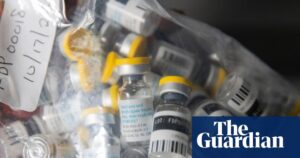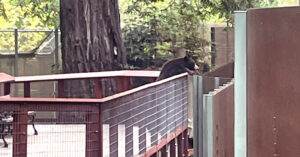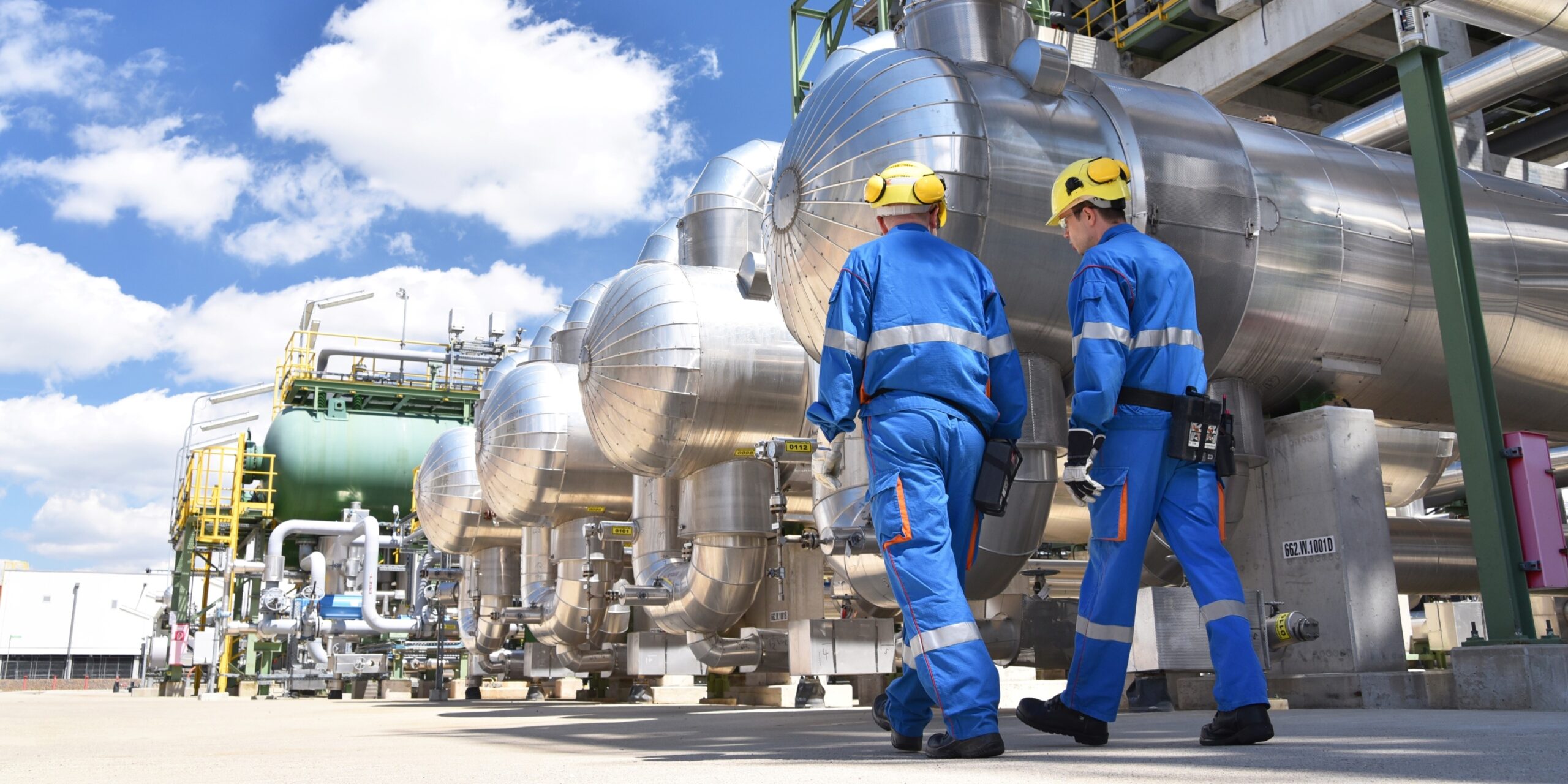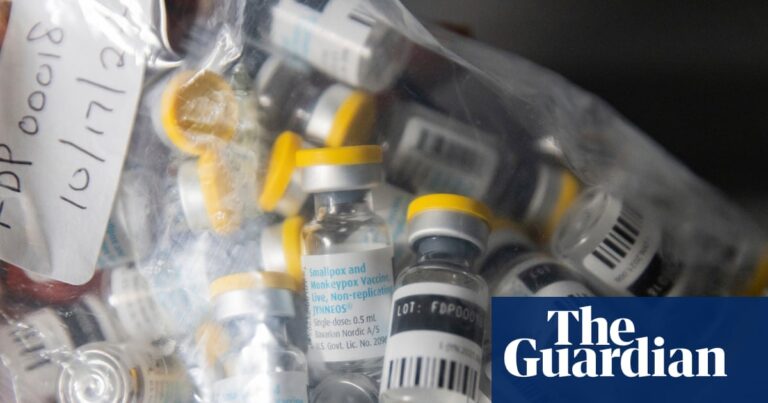Executive Summary
Shell’s $14 billion Monaca petrochemical complex in Pennsylvania, originally hailed as a transformative investment, has instead become a cautionary tale of megaproject risk. The project is shaping up to be a financial disappointment. Capital investment cost has doubled, timelines have slipped, and financial performance has fallen well short of expectations. Market conditions also continue to be challenging.
The current market reality for the Shell Monaca petrochemical plant is unfavorable and uncertain due to oversupply and weak demand, coupled with weak operating rates, trade frictions and policy risks. The problems are exacerbated by weak profit margins due to the unfavorable spread between the prices of ethane feedstock and finished ethylene.
The petrochemical plant has underperformed to date. Despite Shell’s initial guidance suggesting annual EBITDA between $1 billion and $1.5 billion, our analysis last year indicated the plant may only generate between $416 million and $987 million annually. Shell has begun seeking joint venture partners for Monaca, and the company’s CEO has even conceded that Shell is not the “natural owner” of the facility.
Shell’s chemicals division has experienced a marked decline in performance, with revenues falling sharply in recent years. After peaking at $16.9 billion in 2021 during the post-COVID rebound, segment revenues declined 43% to $9.6 billion in 2024. The division’s share of Shell’s consolidated revenue has also contracted, falling from about 6% in 2021 to just 3% in 2024, even as the Monaca plant now accounts for almost 70% of Shell’s total global polyethylene output.
The project’s substantial underperformance, combined with deteriorating market dynamics and structural challenges in the global petrochemical industry, raises serious questions about the project’s long-term viability and Shell’s broader chemical business strategy.













